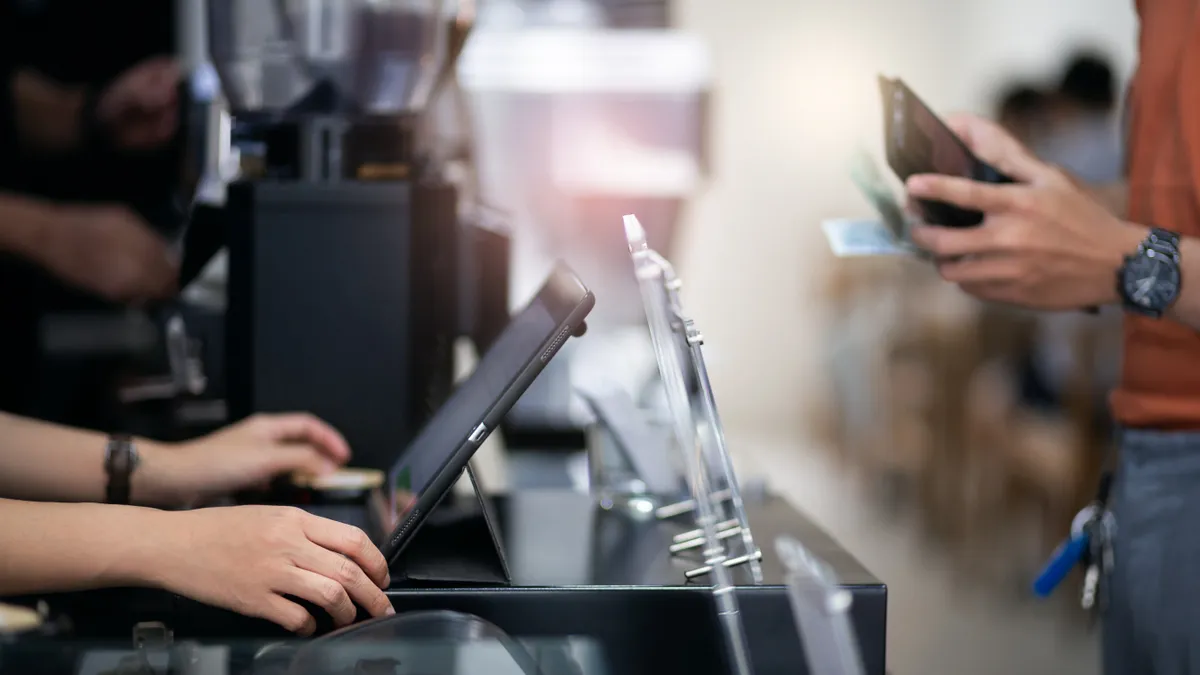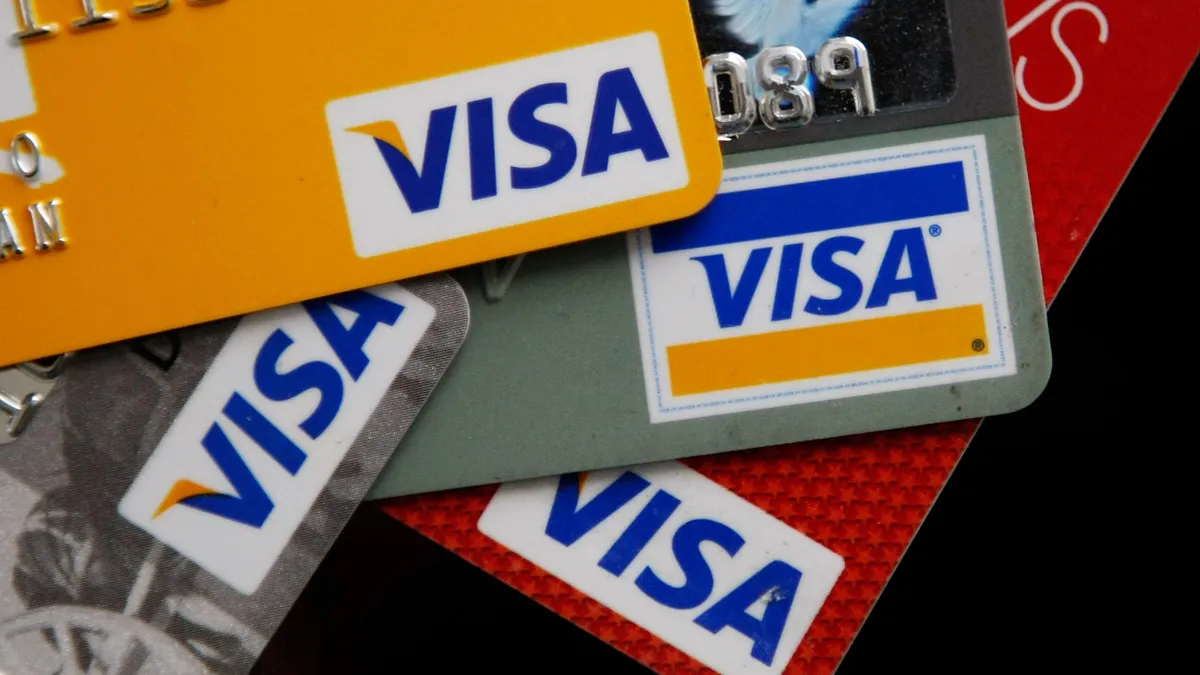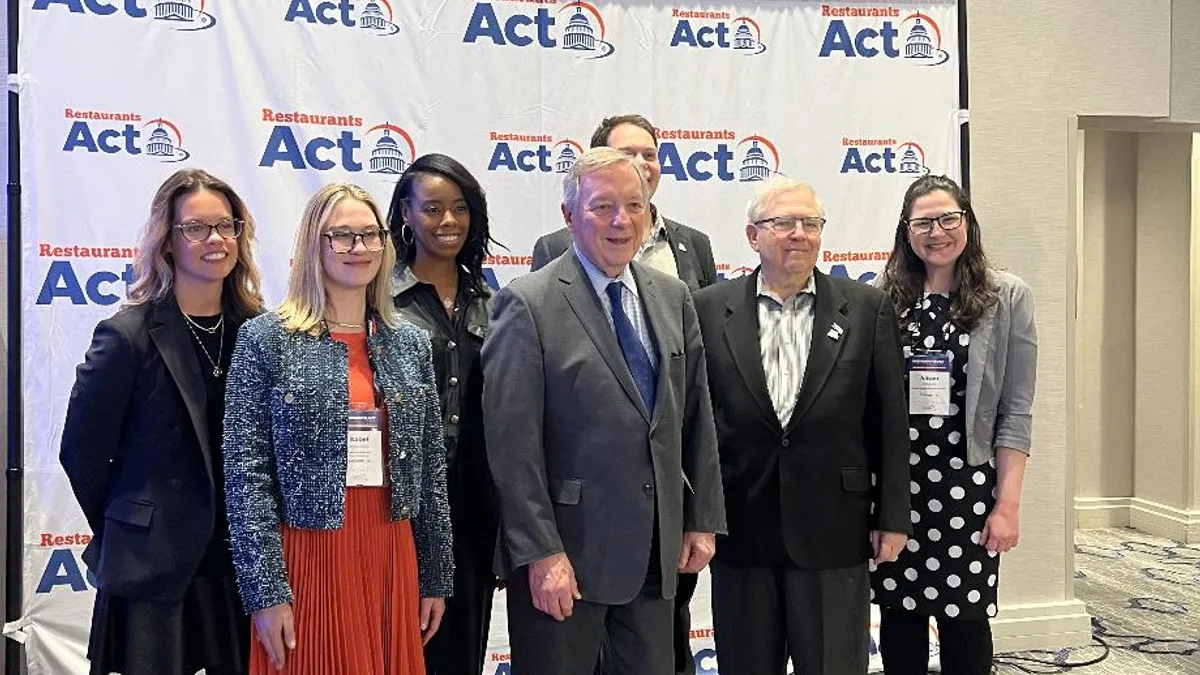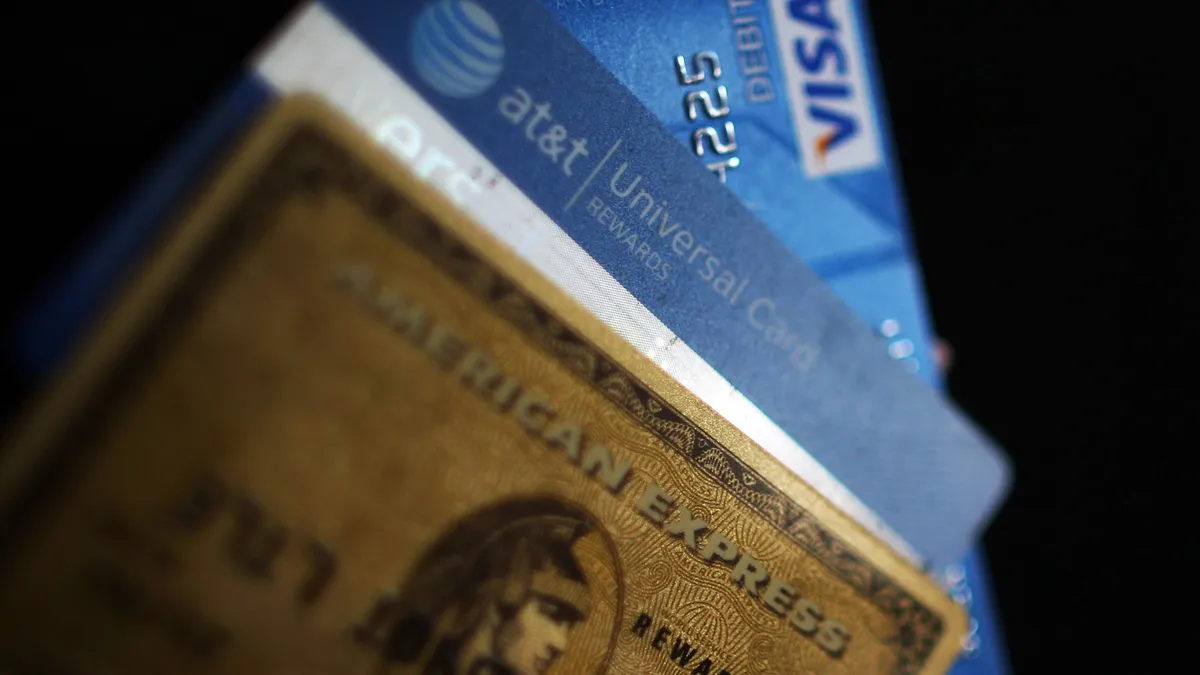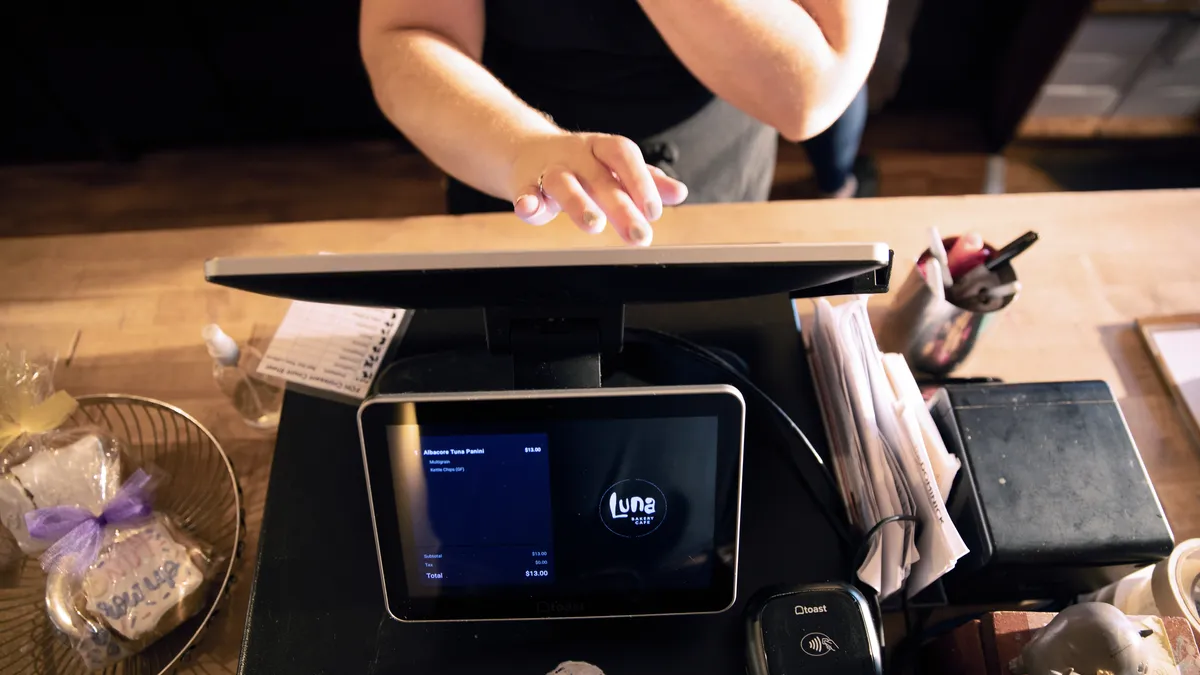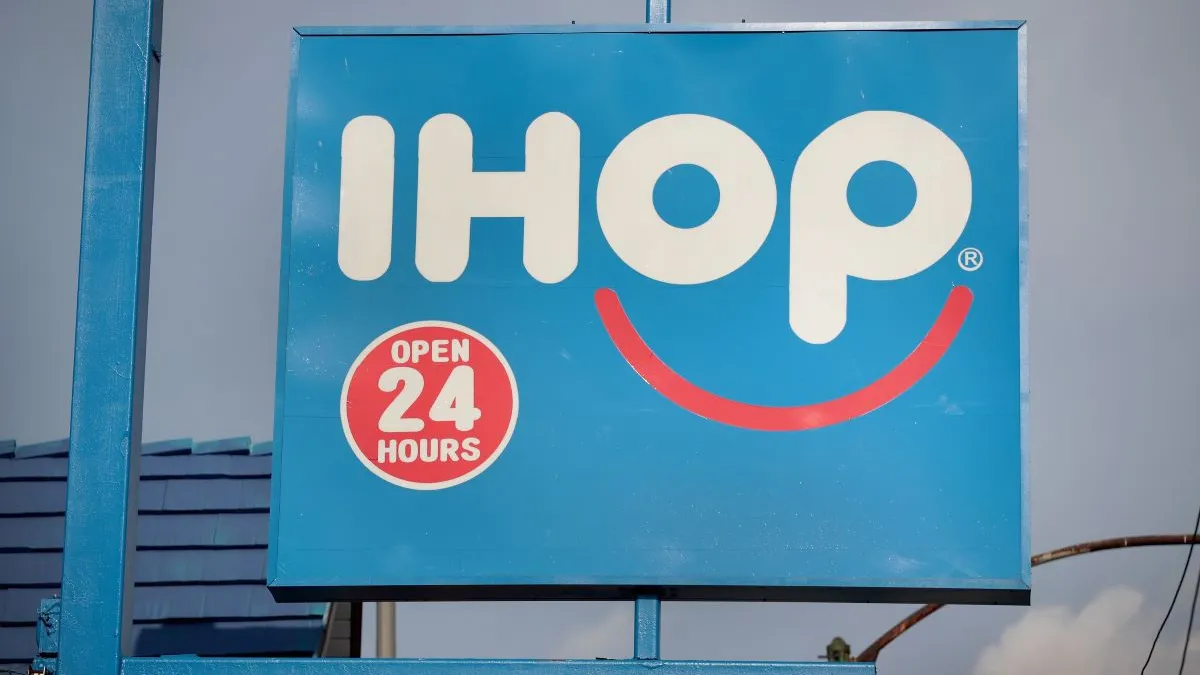Restaurant workers haven’t returned to the sector in the numbers that business owners hoped to see years after pandemic lockdowns. By 2021, many restaurant owners struggled to fill cook, line cook, server, bartender and manager positions. And though the number of foodservice job openings and job seekers are beginning to near equilibrium, wage hikes and turnover are still squeezing operators.
Inflation is driving up food costs and salaries, so restaurant owners are increasing menu prices to offset that overhead spending. But sticker shock is hurting restaurant customer counts, said Tony DiSilvestro, a Virginia Beach, Virginia-based business coach and restaurant owner.
“The last three years have been the most difficult three years I’ve seen in 40 years,” said DiSilvestro. “It was like a tsunami for us.”
DiSilvestro said consumer price sensitivity could cause restaurants to move away from the tipping system, and replace it with surcharges. But new digital payment devices have made it easier for restaurants to encourage tips — and specific gratuity amounts — and customers are generally tipping more in response.
Seventy-two percent of consumers reported that the quality of service affects the amount they tipped, while 56% cited their personal budget, according to a Forbes Advisor report.
However, reports and experts warn that some customers feel stressed by the ubiquity of digital tipping prompts, a dynamic that could keep many people home.

Digital tipping fatigue could hurt restaurant traffic
Thanks to new technology, like handheld payment devices and tablets, 60% of Americans say they’re tipping more, according to a report from LendingTree.
However, according to the same report, nearly a quarter of consumers say they always feel pressured to tip when the option is presented on the device. Another 42% say they sometimes feel pressured to tip, and 60% believe gratuity expectations have “gotten out of hand.”
The Forbes Advisor report found similar results, with roughly three quarters of survey respondents saying they always or often tip when expected, but one in three feel pressured to tip and 18% feel uncomfortable about it.
The shift in tipping behavior has also increased tip totals. According to a recent report from point-of-sale company Lightspeed Commerce, median tip percentages increased 2.3% from 16.93% to 17.32% year over year.
But consumers in a recent USA Today survey reported similar frustration over tipping expectations, with 61% saying tipping has gotten too expensive and 63% saying too many places are asking for tips. Younger generations are particularly fed up with the practice, as half of Gen Z respondents and 52% of millennials say they’re tired of tipping, per the report.
Toast reported that total tips for restaurants on its digital platform decreased ever so slightly in Q2, with tip averages dropping to 18.9% from 19% the prior quarter. For full-service restaurants, where tipped employees earn a lower hourly wage, average tips fell to 19.4% in Q2 from 19.7% in Q1.
While modest, Toast reported the figure as the lowest average tip amount for full-service restaurants on the platform since the start of the pandemic. The company stated that tipping fatigue, concerns about inflation, generational divides, and tipping pressures contributed to the decrease.
This souring consumer sentiment may impact sales, according to the LendingTree report, which found 41% of consumers have changed their buying habits due to gratuity expectations. The LendingTree report speculated that the tipping culture may have contributed to increased sales at grocery and specialty food stores, as well as beer, wine and liquor stores.
Not every report brought bad news for sit-down restaurants, however. According to the Lightspeed report, while tipping for online orders and delivery fell slightly from 8.83% to 8.07%, people are still eating at both fine dining and fast casual restaurants more frequently, with fine dining transactions increasing 3.6% year over year, and 3.53% at fast casual restaurants.
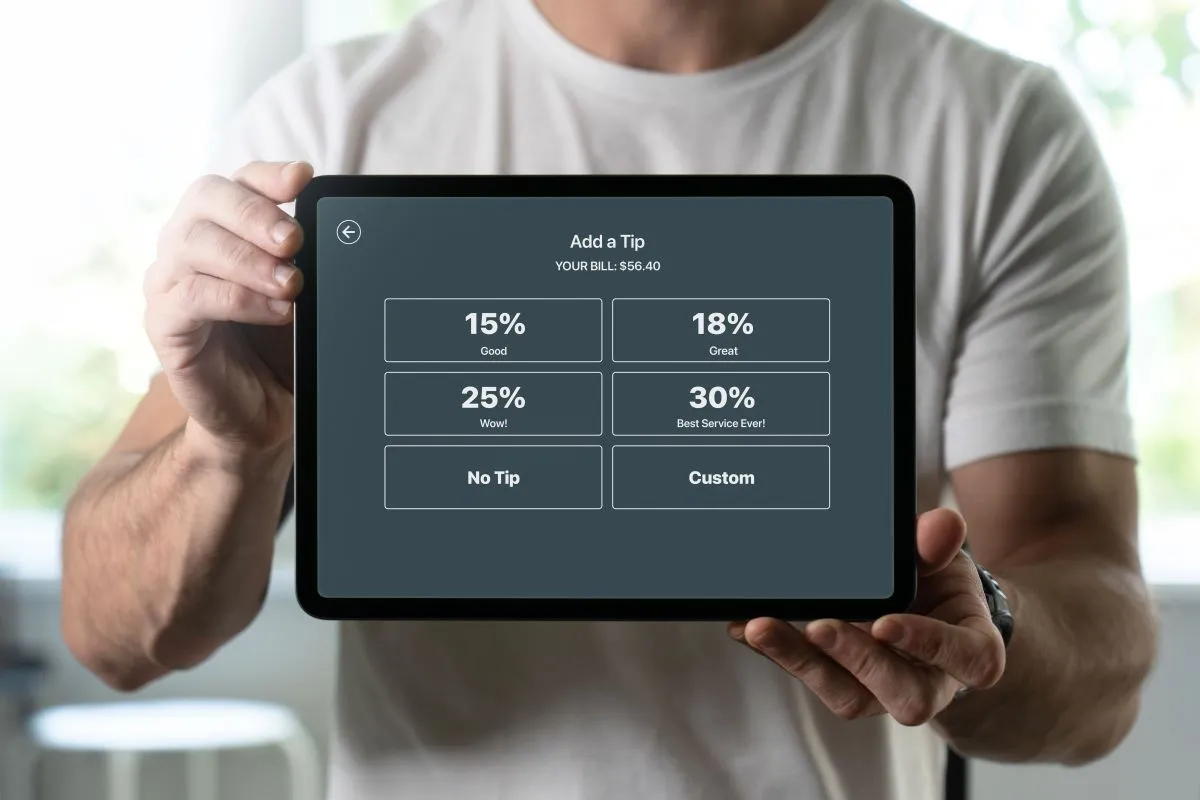
Fairness to customers, servers and staff
Customers are feeling pressured to tip more on payment screens because many have options ranging from 18% to 25%, even when no service is provided, Bob Verdigis, founder of Pointofsale.cloud, said in an email. Digital tipping prompts have become more common among various industry sectors, including fast food restaurants, grocery stores and even self-checkout machines, he said.
Over the years, customers have become more willing to tip above and beyond what’s really necessary, said Verdigis. About 40 years ago, people were tipping an average of 15%, said Verdigis.
Recently, customers with household incomes exceeding $50,000 have begun tipping 21% or more, a 2022 Creditcards.com survey found. According to the USA Today survey, 38% reported tipping 20% or more.
DiSilvestro hasn’t seen tip frequency change, but he said customers are more finicky about who they tip, how they tip, and if a server should get a tip. That’s forced servers to work harder.
“With the economy the way it is, if you’re not performing at a higher level, it’s definitely going to affect your tip,” he said.
Customers who feel guilted into tipping in front of the server may increase tip amounts, but coupled with added sales taxes, and higher menu prices, eating out can get extremely expensive. As a result, many financially strapped families are opting not to dine at restaurants, DiSilvestro said.
Digital tips can be more convenient for customers, but listed options should include 15%, 18%, and 20% gratuity, as well as a custom tip option for those who wish to tip more or less, Verdigis said. Servers should look away from the customer when they make their tipping choice and payment, he said.
Even when they receive great service, customers should not feel like they need to tip more than 20%, Verdigis said. He argues that they should not be pressured into tipping for takeout orders when no service is provided, either.
“Digital tipping becomes uncomfortable for customers when it’s presented by a hovering employee, gives unreasonable tip options or is offered for services that don’t require a tip,” he said.
The discomfort of being directly asked for a tip has often prompted consumers to order takeout or delivery through digital platforms so they can take time to think and do the math through an app instead of under watchful eyes, said Verdigis.
According to the USA Today report, reverting back to the paper receipt could actually help servers and staff looking for a bigger tip. Half of respondents said they tip the same when paying either digitally or on paper, but a quarter reported they tend to tip more when it’s on a paper receipt.
However, digital tipping could yield higher tips than cash, with the Forbes Advisor survey finding that nearly 65% of respondents tip at least 11% more when tipping digitally versus with paper dollars.
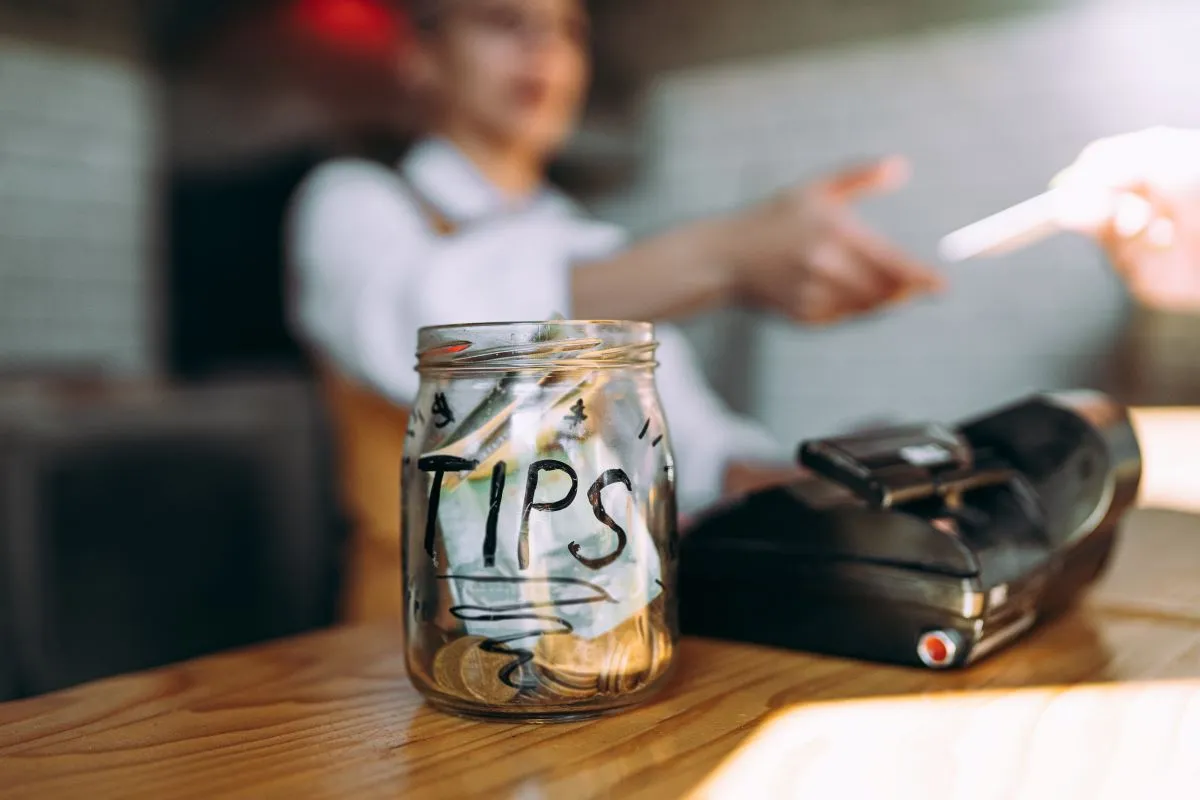
As wages for tipped workers grow, will a new system emerge?
A number of cities, such as Washington, D.C., and states, including California, have passed laws or are pushing through plans to raise the minimum wage for tipped workers.
Many Americans agree with this trend. According to the LendingTree report, 84% of consumers say minimum wage for service workers should be increased, and 44% say tipping should be mandatory in the service industry.
Many restaurants cannot afford to increase hourly server pay without making changes somewhere else to offset the cost, said DiSilvestro.
“It’s great to be able to pay your employees a high salary, but if you’re not making money, employees will not have a job,” said DiSilvestro.
As a result, DiSilvestro believes tips will eventually go away. Instead, there will be a surcharge of 15% or more on every order with tips being shared between all restaurant staff, not just servers, as is the common practice today, he predicts. Servers would receive a smaller share of surcharges than is typical, but would still be earning more per hour, giving them more financial stability, he said.
“It’s probably a fair way to do it, especially in restaurants, because cooks are working just as hard as the waitresses, if not harder,” said DiSilvestro. “It will kind of level the playing field a little bit.”


